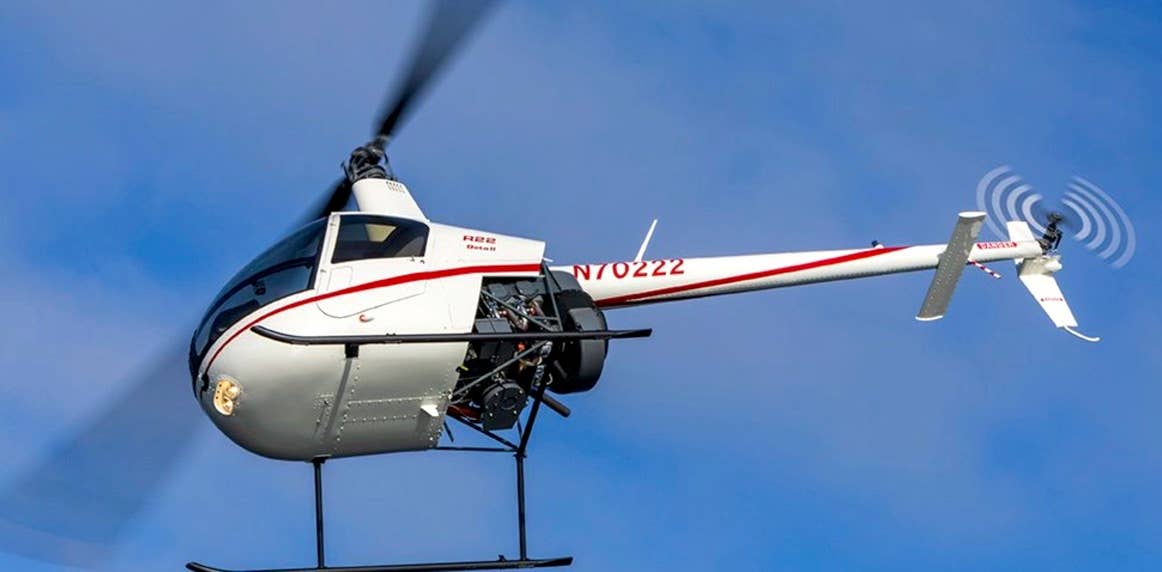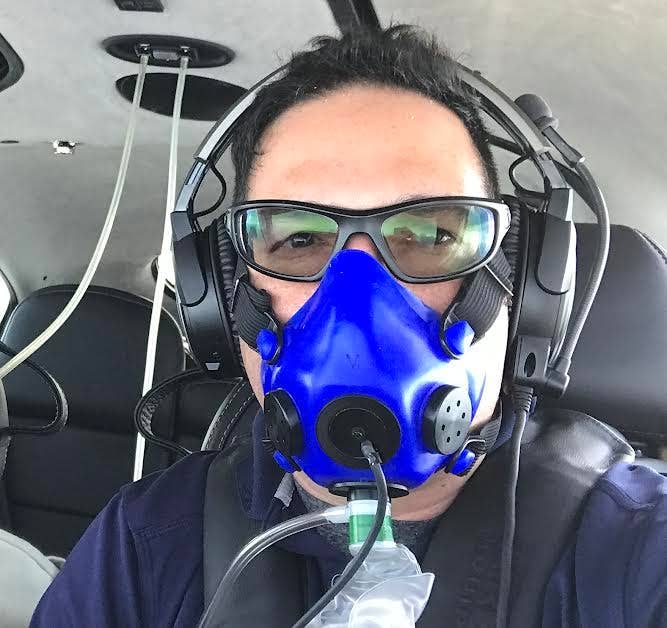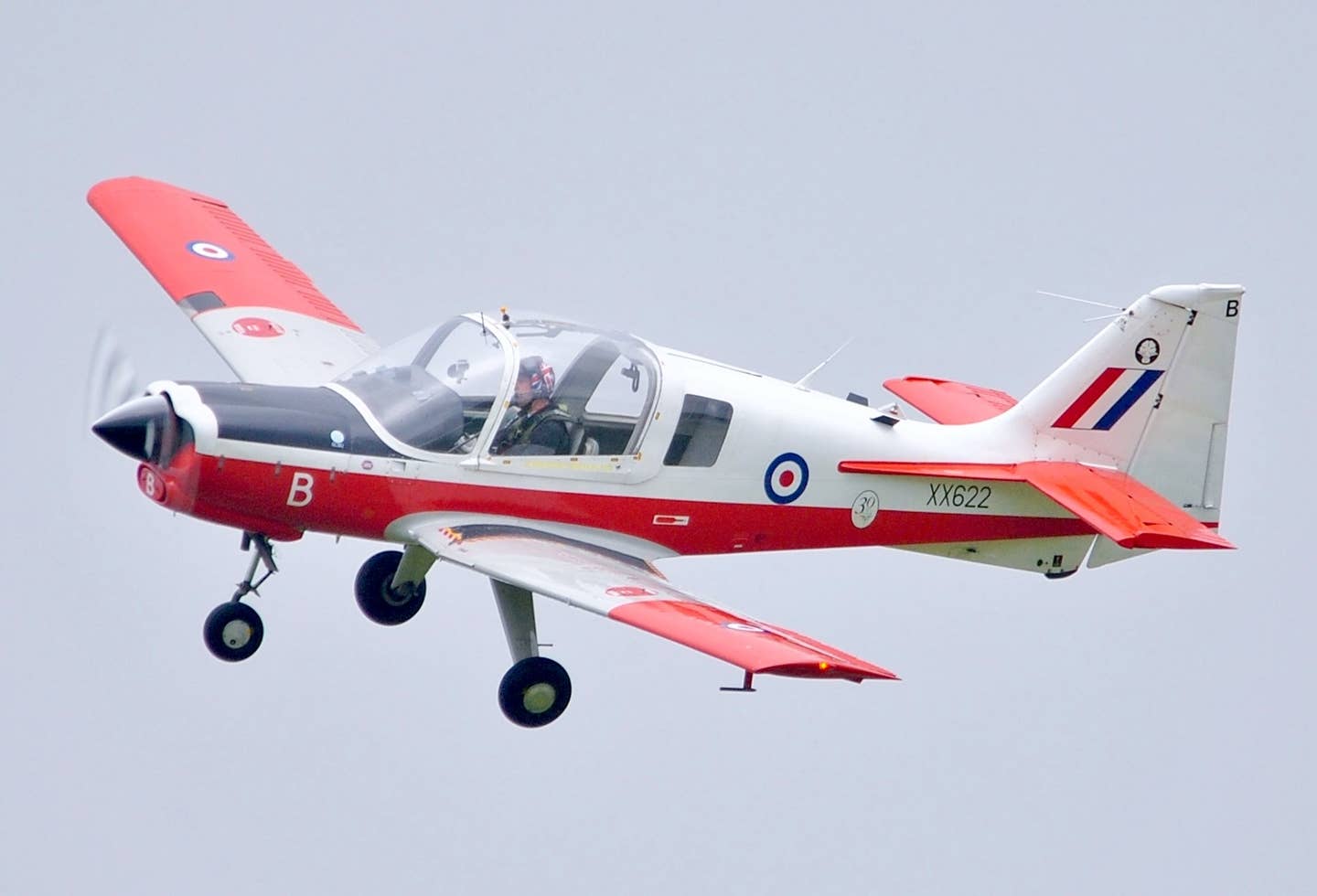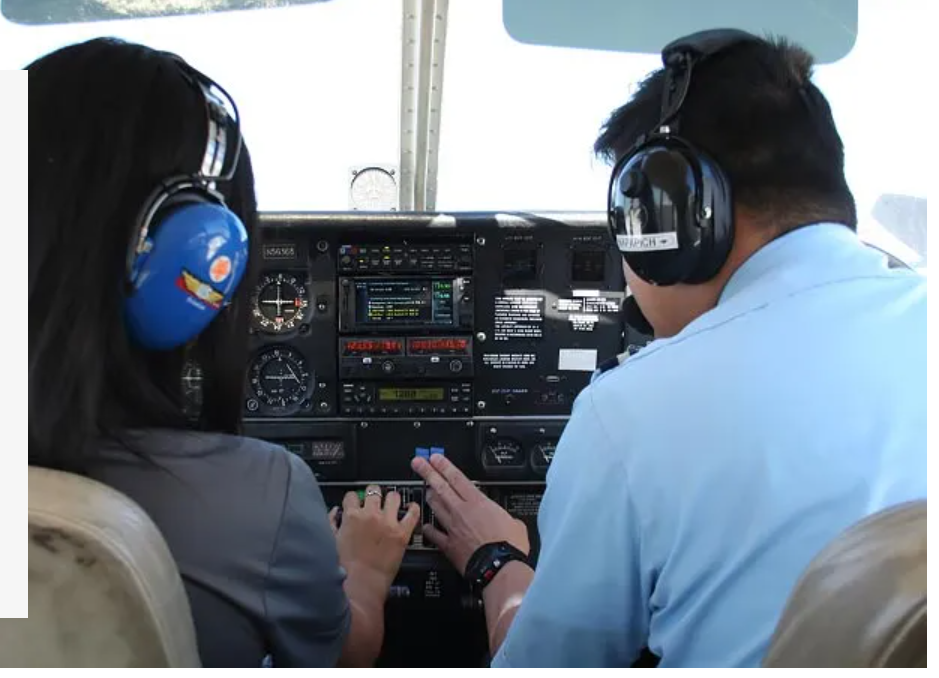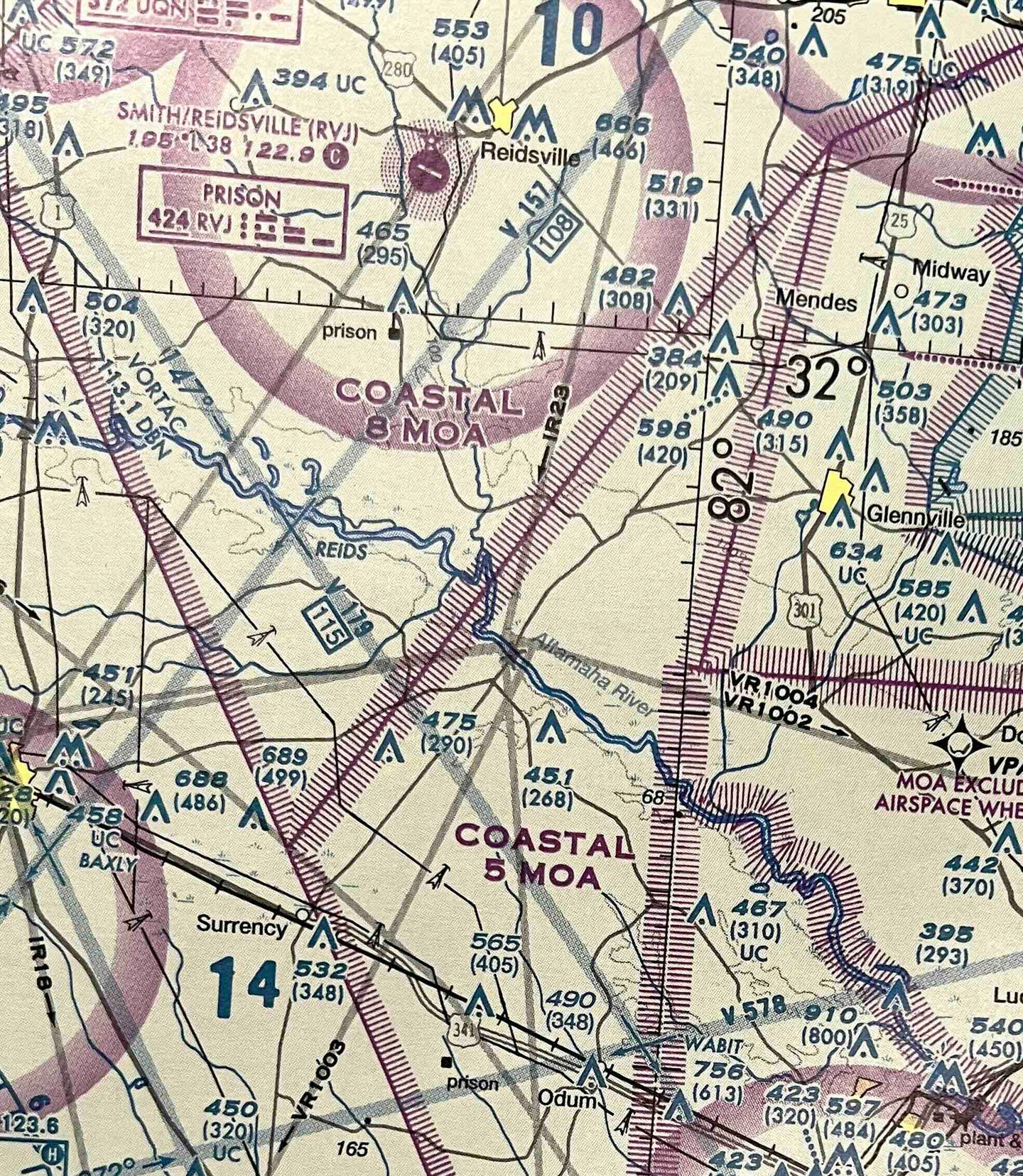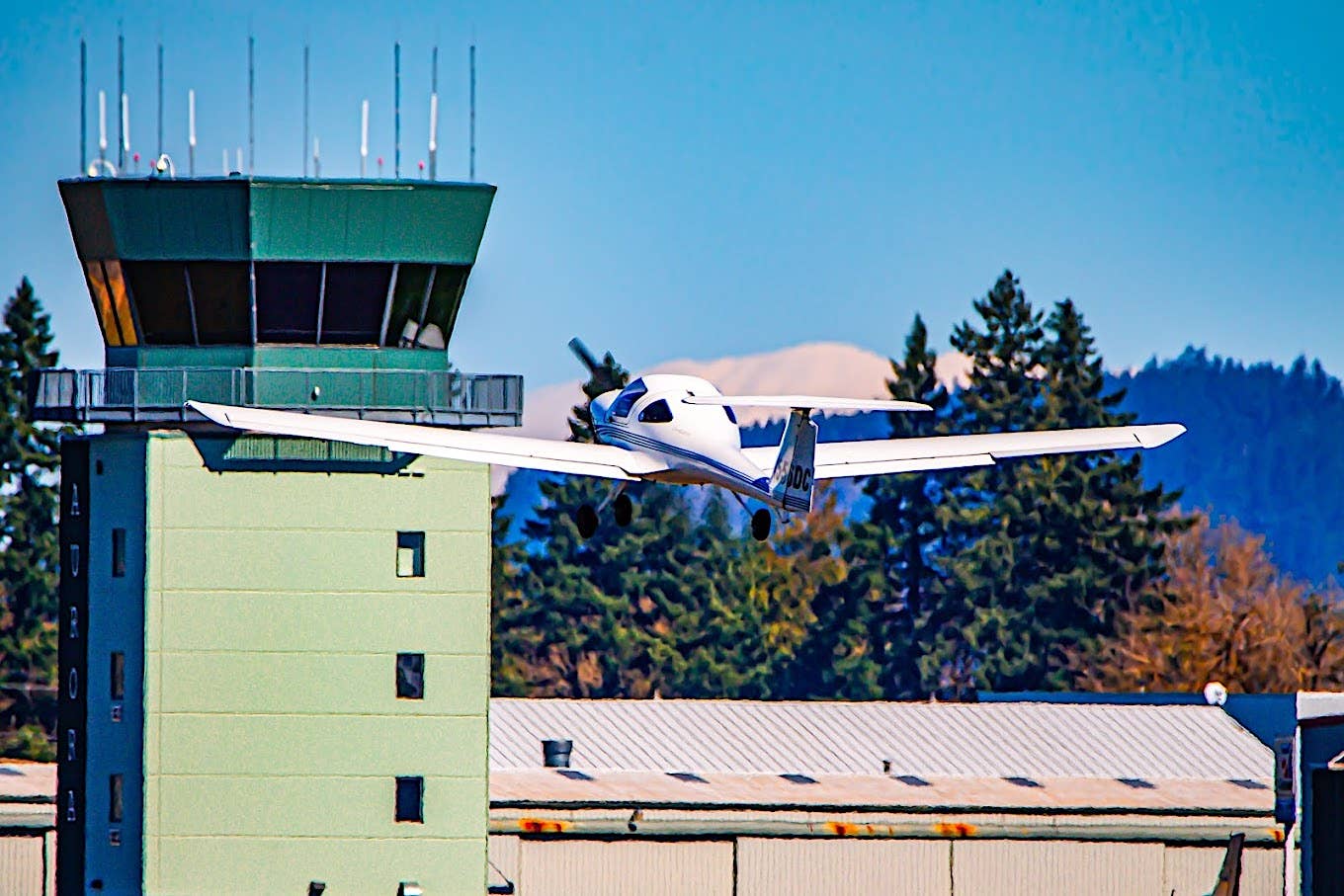Buying A Used Aircraft: Meyers 200
When it comes to piston singles, it’s not often that the words classic and speedster are used in the same sentence, but it’s true of the Meyers 200 series. A…
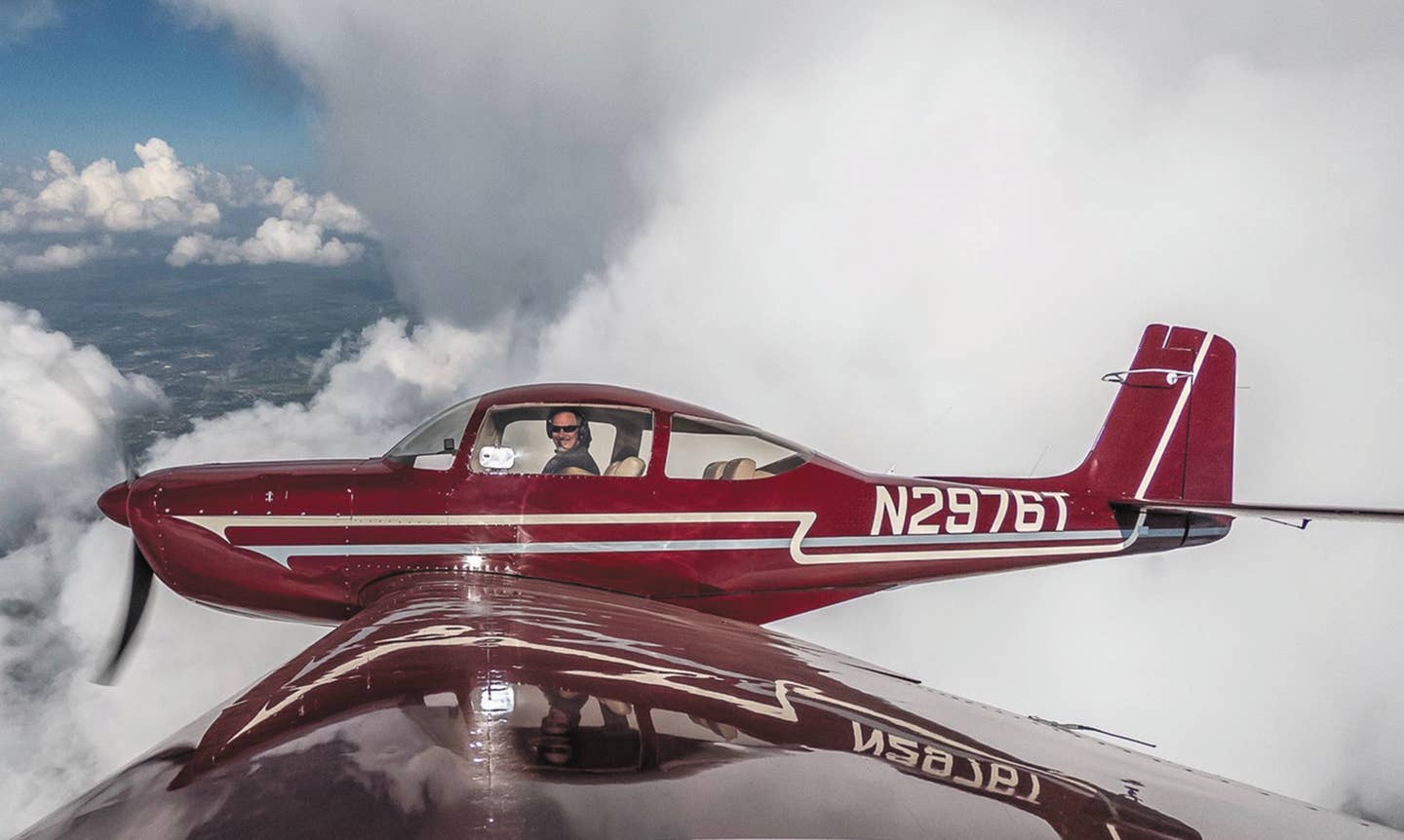
Flying Eyes Optics founder and Meyers guru, Dean Siracusa, ripping along in a Meyers 200D.
When it comes to piston singles, it’s not often that the words classic and speedster are used in the same sentence, but it’s true of the Meyers 200 series. A design dating back to 1953, the Meyers won speed records as bragging rights. There are plenty of reasons why owners love their Meyers 200s—speed being only one of them. But these are old airplanes, and potential buyers need to understand this could mean intensive maintenance for models that may have fallen behind the maintenance curve.
Meyers 200 History: Slow Growth, Fast Speed
Production of the 200, which originally morphed from the taildragging Model 145, started with the 1959 model year. At the time, there were a few direct competitors, including Piper’s Comanche 250 and the Beech Debonair and Bonanza. The Meyers was considerably more expensive than either the Comanche or the Debonair, and cost almost as much as the V-tail Bonanza while offering less load-carrying ability. Performance was on a par with the V-tail Bonanza: 170-knot cruise speeds and 1150 FPM climb rates, but only a total of 11 were built.
The 200B came along in 1961 and there were minor changes, including incorporating a different fuel system (a mere 40 gallons was standard, 80 optional) and an improved instrument panel. Empty weight went up to 1975 pounds, though the gross remained at 3000. Some 17 B models were produced. The C model, introduced for the 1963 model year, got more tweaks: a higher cabin roof, larger windshield and better interior. Only nine C models came out of the factory. But much more significant enhancements arrived with the 200D in 1965. The wings got flush rivets, and the IO-470-D was replaced by a Continental IO-520-A of 285 HP. The D model’s aerodynamic changes boosted the cruise speed significantly, to 183 knots, while the stall (dirty) dropped to only 47 knots. Takeoff roll and 50-foot obstacle clearance numbers also improved.
Financial trouble took its toll and the design was sold to Aero Commander (later known as Rockwell Commander), which was a solid second-tier manufacturer at the time. Production run of 69 planes was achieved for the 1966 model year. Aero Commander also developed a six-seat, swept-tail E model and flew a prototype, but never certified it. The rights to the airplane were acquired by Interceptor Corporation, which certified a turboprop version around 1971 and called it the Interceptor 400. Only two of them were built. One survived two accidents—a ditching off the coast of California and a crash into trees on short final. Both were from engine flameouts. No one was hurt in the accidents, but the aircraft was later destroyed in a hangar fire. Several attempts have been made to resurrect the design (including the piston version), but for one reason or another none were successful.
Meyers 200 Construction, Systems
The retractable-gear Meyers is well built, and at the heart of the airplane’s design and reputation are welded, 4130 chrome-alloy steel tubes forming the fuselage and center section. The structure runs from the firewall to the rear fuselage bulkhead and three feet out into the wings, where it supports the main landing gear assemblies. The rear fuselage section is of semi-monocoque design and construction. The landing gear and Fowler-type flaps are hydraulically actuated, and the flight controls incorporate push-pull tubes. There are two emergency gear-extension systems: a hand pump to supply hydraulic pressure and an uplock release mechanism. If the hand pump doesn’t work, the pilot releases the locks and slips the airplane, allowing aerodynamic loads to shove the gear down. The nosewheel is the same size as the main wheels, a design that makes the Meyers 200 a player for reasonably rough unimproved strips.
Fuel is carried in two main tanks and two auxiliaries. Each holds 20 gallons for a total usable capacity of 74 gallons. There’s only one fuel gauge, and it only reads the tank in use, so there’s no way to tell how much fuel is in one of the other tanks without actually selecting it. One way to solve the issue is with a fuel totalizer or even better, a big-screen engine monitor with fuel quantity display as many owners have installed as part of major avionics upgrades. Glass upgrades are common and modern PFDs and MFDs fit well. Once seated in the cockpit, inflight visibility is just about as good as it gets—forward and aft. Need to carry a lot of stuff? This probably isn’t the plane for you, but there’s a workaround, sort of. The passenger seat and the two rear seats can be removed quickly to accommodate cargo. There’s also a large baggage hatch on the right side of the fuselage. But the airplane cannot haul much—legally, that is.
Meyers 200: How Fast?
Speed gains came gradually and the early IO-470-D engine was replaced by a 285-HP Continental IO-520-A. The D model’s aerodynamic changes boosted the cruise speed significantly, to 183 knots, while the stall (dirty) dropped to only 47 knots. Takeoff roll and 50-foot obstacle clearance numbers also improved. Maximum cruise speed of the original models is an honest 170 knots—as fast as the V-tail Bonanzas produced during the same period, and nearly 10 knots faster than a contemporary Cessna 210 Centurion. Not fast enough? With its bigger engine and flush-riveted wings, the 200D is even faster—plan on 183 knots at max cruise. This is a bit faster than S- and V-35 Bonanzas and a whole lot (10 knots) faster than D- through G-model Cessna 210s. Never-exceed speed of the 200A is 208 MPH, and its maximum structural cruising speed is 165 MPH. Starting with the B model, these limits were raised to 236 MPH and 210 MPH, respectively. Thanks to relatively high gear- and flap-extension speeds, the slippery Meyers 200 can easily mix with traffic in the pattern.
Care, Feeding, Safety
Remarkably, there have been no ADs on the airframe structure. The only two Meyers 200-specific ADs are old, one-time directives dealing with systems: 66-28-1 called for modification of the elevator trim, and 67-23-1 mandated inspection of the landing gear rigging. We highly doubt there are any instances of non-compliance with these directives. In all, there are only 31 ADs applicable to the Meyers 200—a low figure for a 40-year-old design. Given the small number of airplanes in existence, it’s not surprising that there have been almost no service difficulties reported on the Meyers 200.
A scan of the NTSB wreck reports left us pleasantly surprised at how few there were for the Meyers. We went back 35 years and located a total of 20 accidents. On top of that, we didn’t see much of the usual stuff we expect to see. No one forgot the landing gear on landing. No one lost control on landing rollout in a crosswind. No one flew VFR into IMC. No one went below minimums on an instrument approach and hit terrain. While there are not enough accidents for any sort of a statistical universe, we did see two trends worth noting—misuse of the fuel system and lack of maintenance.
Current Market
Hands down the best resource when buying and owning a Meyers is the Meyers Aircraft Owners Association at www.meyersaircraft.org. It has an active forum (covering all Meyers models), a search engine for parts and services and a news section for fly-ins, events and general happenings in the Meyers community.
And as you would expect in the current market, prices for well-cared-for and nicely upgraded Meyers models are premium priced—close to if not north of $100,000 for later models with good avionics and low-time engines. Mods increase values substantially. In earlier models, you can swap the IO-470 engine for an IO-520A, bringing them up to a D configuration. Some have fitted the Continental IO-550 and three-blade prop—a real screamer. A modified nosebowl with an extended profile and smaller air inlets is also available.
Avionics and instrument panel upgrades are hugely popular, of course, and some of these airplanes still have old autopilots in various conditions. If an autopilot is important to you (and in an airplane as high-performance as the Meyers 200 we think it should be), pay close attention to it during the prepurchase eval.
For more on the Meyers series and how these airplanes compare to others in class, read the full report in the Used Aircraft Guide at sister publication Aviation Consumer magazine.

